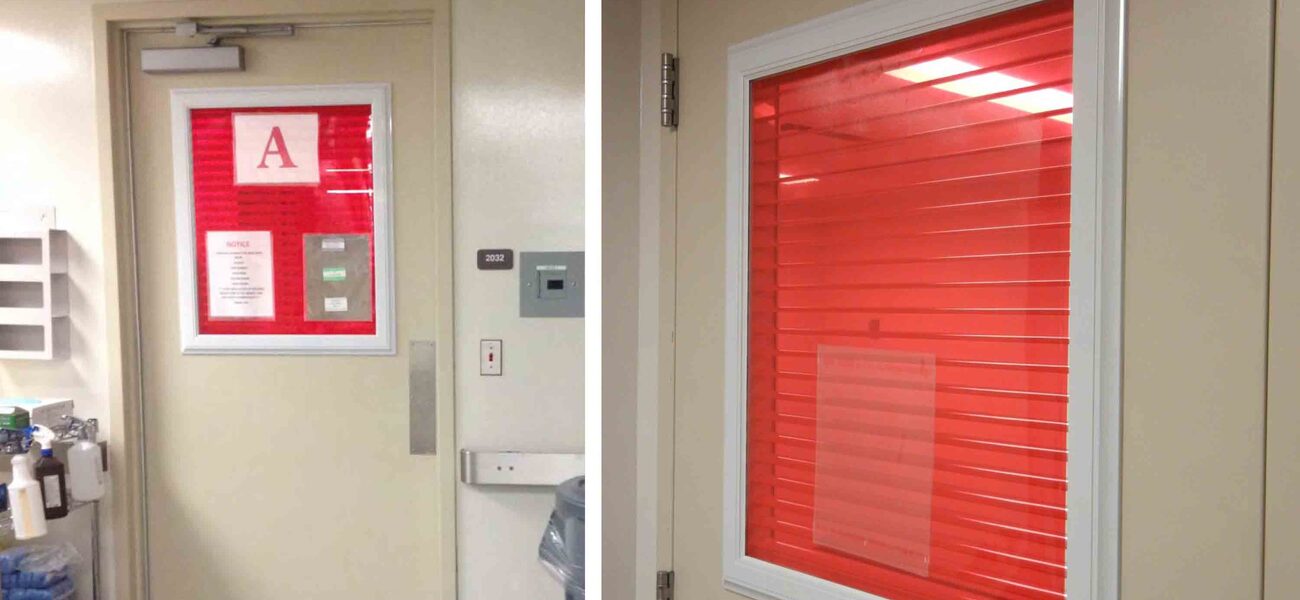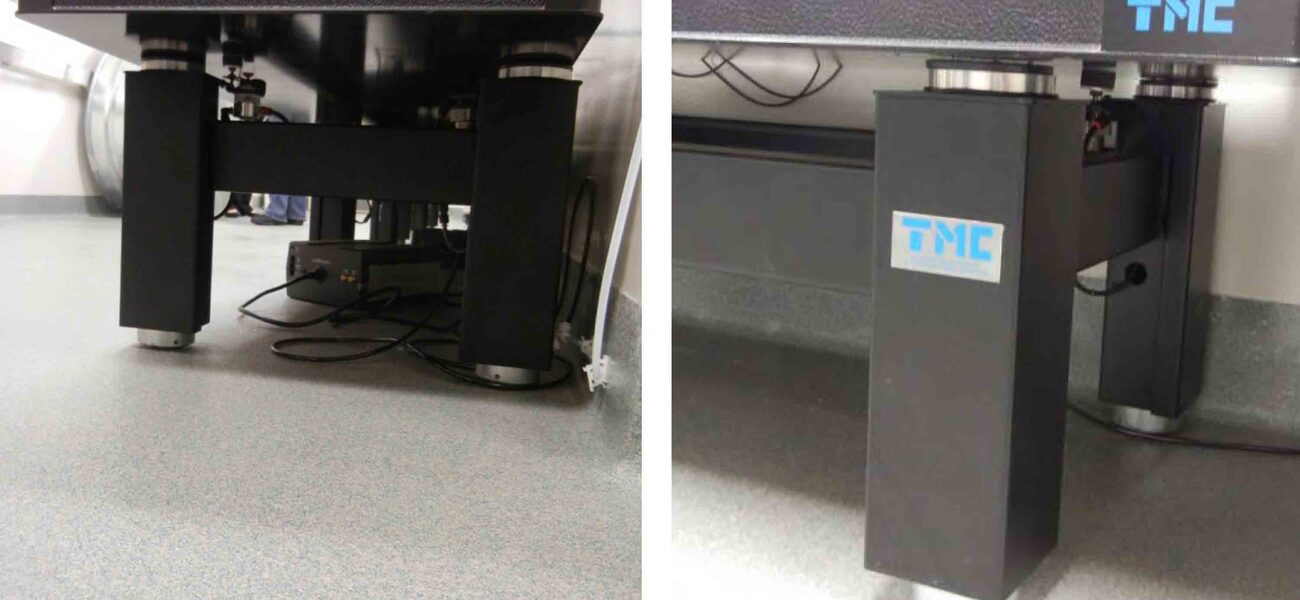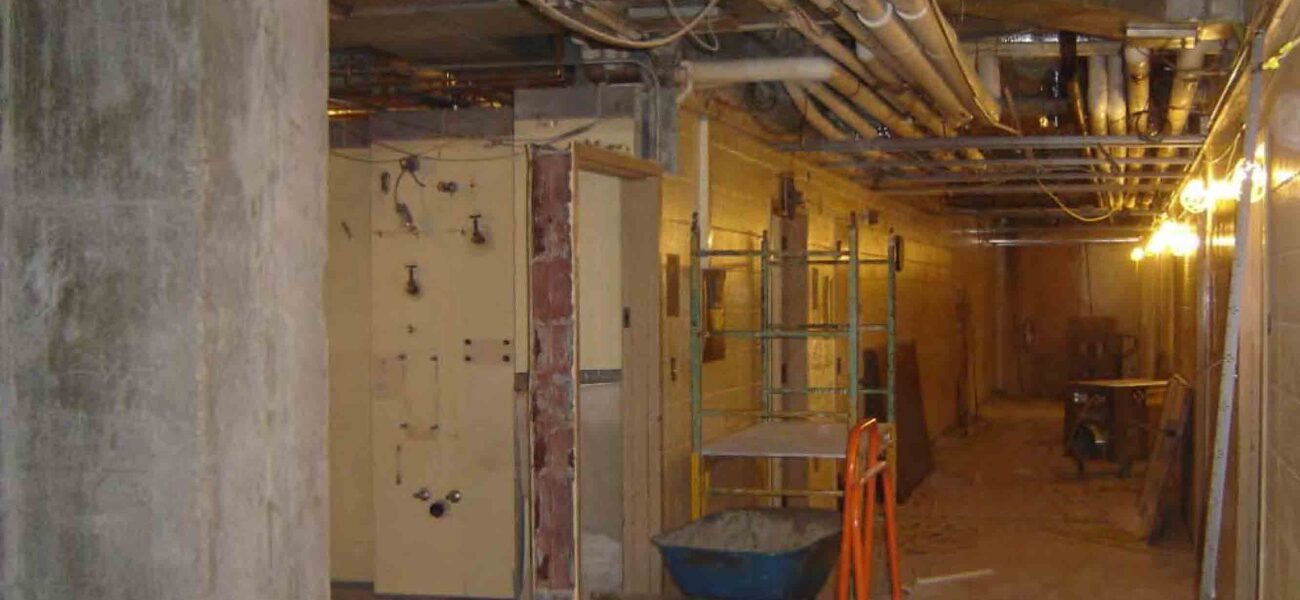Aging, inadequate buildings can be redeveloped to create modern animal facilities as long as the design and construction team is armed with the right tools: an accurate assessment of the existing structure and systems, a clear understanding of the challenges they face and the programmatic and budgetary needs of the owners, and a process that allows for constant re-evaluation throughout design and construction.
A thorough assessment is the first and most vital task, according to Tim Reynolds, PE, laboratory planning principal, and Jennifer Kulseth, laboratory planner, of Treanor Architects’ Science & Technology group.
“You cannot spend too much time assessing the existing conditions. Spend the time that it takes to understand all the constraints. Get in the field and get dirty. Ultimately, it leads to the development of comprehensive solutions that everyone is on board with from the start,” says Reynolds.
“It is important that the design team work with animal care unit people, researchers, and facilities maintenance to agree on budget and schedule, and to learn about all of the program requirements,” he says. “The design team needs to know what is going on in the facility.”
Assessment should include three main categories:
- Existing conditions and obvious challenges
- Program requirements
- Project delivery and schedule
Specific research needs, funding and budget requirements, safety, code considerations, infrastructure issues, vibration mitigation, and workflow are all part of a thorough assessment that falls under each of the three main categories. When a building must remain occupied during the renovation, added considerations include construction traffic and noise, adds Kulseth.
University of Kansas Case Study
A small renovation project at the University of Kansas exemplifies both the challenges and the opportunities these projects can present. The University had a $1.5 million budget to adapt 5,500 sf of an existing six-story, 332,000-sf building to accommodate a transgenic and biobehavioral measurement animal facility with stringent requirements.
The building—consisting of two sections, constructed in 1951 and 1976 and modified numerous times over the years—is landlocked in the middle of campus with limited, if any, expansion opportunities. The facility was shared by an existing animal care program, as well as teaching, research, and office areas for four different science departments.
The planning team first assessed research needs. The original program called for renovations on the second floor of the building and included a specific-pathogen-free (SPF) barrier, mouse husbandry, a quarantine area, a biobehavioral lab, pathology, multiple animal holding rooms, and various support spaces.
“The University was growing a new transgenic mouse colony and had limited space for animal holding rooms,” says Kulseth. “They had almost $1 million worth of equipment sitting in storage because they didn’t have the proper space in which to use it.”
Project funding included NIH grant money, which comes with specific design requirements, including the need to correct existing building safety code and infrastructure issues.
During the renovation, the rest of the building had to remain operational, and it was clear that circulation would be an important consideration with an impact on the construction activities. The University’s animal care unit occupied three floors of the building, classrooms used on a daily basis surrounded the renovation area, and students occasionally wandered through the restricted areas.
Site access had to be carefully planned as well, says Kulseth. Only a small staging area was available for contractors with designated parking spots, allowing one vehicle per subcontractor. General building access had to be maintained on the very restricted site, and two-day advanced notice for construction deliveries was required.
Expect the Unexpected
Renovation projects inevitably uncover unexpected issues, says Reynolds, but challenges can become opportunities. For example, the walls between the rooms in the old dog and cat facility stopped below the structure, which was a problem because they needed to tightly enclose the area to prevent cross-contamination and to allow for proper airflow and pressurization between rooms.
“That was a big problem, but it became an opportunity for us. We didn’t feel constrained by having to use those existing walls, so it allowed us to take them down and look at a more efficient layout of the entire space,” says Reynolds.
Building infrastructure is another common challenge, because other renovations have often been done piecemeal over the years. It’s important to determine right away what needs to be addressed in this respect. The Kansas project called for new exhaust and heat recovery systems, but a previous project had placed the ducts on the exterior of the facility. That made it a challenge to rectify cost-effectively, given the floor-to-floor heights of just 11 feet, 11 inches. The solution was to develop routes for new ductwork within interior vertical chases.
Low floor-to-floor heights can also make it difficult to accommodate the particular equipment and systems necessary in an animal facility. Reynolds’s team conducted a detailed analysis to determine the minimum space needed to house ventilated racks, caging systems, change stations, and biological safety cabinets, and found they could live with ceiling heights of 7 feet, 10 inches within each room. “The last thing you want to have happen is to move your cages in and find out that they don’t work in the space you just designed.”
Common environmental challenges for research and animal facilities are vibration and electromagnetic interference. Hiring consultants to assess these issues can be money well spent in the long run, notes Reynolds, as they found out at the University of Kansas. A vibration analysis determined that the biobehavioral research laboratory had originally been planned for the worst possible space in the project area.
“One of the first things we needed to do was move the lab out of that space, which, thankfully, wasn’t a huge issue. But it was important to know that, because if we had placed it in the original spot, it would have been unusable.”
Scheduling and Construction Management
The schedule had a great impact on the project in terms of the research. Design took approximately four and a half months, and construction had to conclude in about six months so the university could start generating revenue within the space, says Kulseth.
“You can’t understate this. If you can’t generate revenue, or if you are delaying revenue generation, that is a big negative,” adds Reynolds.
To work within the tight schedule, and because of the overall messy nature of the project—construction staging requirements, noise concerns, working in an existing building surrounded by programs and infrastructure systems that had to stay functional—the university decided to employ a construction manager at risk (CMAR) delivery system, which is not typical for small animal facility renovations. The contractor was selected by qualifications, not low bid, and the university wanted a CMAR on board early in the process. This ensured that all members of the project team were on the same page and understood all project goals from the beginning, and decisions could be made efficiently.
“Don’t discount any of the potential construction delivery methods based on the size of project; pick the one that works best for the project,” says Reynolds.
Getting Down to the Details
The original proposal for the renovations kept most of the lab’s existing walls in place, but this turned out not to be efficient, says Kulseth. Planners had to consider overall flow of people, animals, supplies, and equipment in relation to the program requirements in order to establish the layout.
Then came fine-tuning the details. Three larger animal holding rooms, as opposed to the originally proposed eight or nine smaller ones, streamlined the design. They made accommodations for ventilated cages, even though the University could not afford to provide all ventilated cages initially. Automatic door bottoms prevent cross-contamination and infiltration by non-lab animals.
A vivarium management system was not within budget constraints, so they opted for a less sophisticated system of building automation control panels in the corridor. The panels allow people to monitor the environmental conditions within a room, and programmable electronic timers control the lighting.
“If we had done vivarium management, we would have taken critical program space away,” says Reynolds.
Meshing animal safety with public safety is also important, and solutions exist that meet both needs. At Kansas, they installed an LED light fixture with a red background in every animal holding room; when there is a fire alarm, the LED shines steadily. Red filters can block ultraviolet light visible to rodents (between 300 and 600 nanometers), but many such products currently available do not work between 400 and 455 nanometers, cautions Reynolds. Be sure to purchase the right product, or it will be money wasted.
“We have also done animal facilities with silent tone audible fire alarm devices that are inaudible to the rodents in the room, but clearly audible to the animal care staff,” he says.
Space and budget limitations disallowed the inclusion of anterooms for entrance into animal holding rooms.
To enhance the vibration control in the biobehavioral suite, Kulseth worked with equipment vendors to customize off-the-shelf products to create isolation tables. Boxes holding mice are stacked on the tables which are supported by “legs” made of pistons filled with compressed air. This isolates the boxes from the structure, and minimize vibration that would disturb the research. A specialized exhaust system in the wall has return air grills that draw air through the chamber without being hard-ducted to the wall, which can also cause vibration.
Animal facilities normally have plaster or drywall ceilings with access panels to infrastructure systems, but at Kansas, access to all the mechanical and electrical infrastructure systems needed to remain above the corridor ceilings.
“We would have needed so many access panels that it would have been riddled with them,” notes Reynolds. Instead, they designed a gasketed ceiling where tiles clip into a grid for easy removal.
Conclusions
The budget was tightly controlled using an ongoing tracking system throughout the design and construction process. “We kept track of potential savings and potential adds, and communicated with the university and the construction manager through this process to make sure we were all on the same page,” says Reynolds.
When the project was completed, all required goals were achieved, and the University had $20,000 left in the project contingency.
By Taitia Shelow
This report is based on a presentation Reynolds and Kulseth gave at Tradeline’s 2013 Animal Research Facilities conference.



